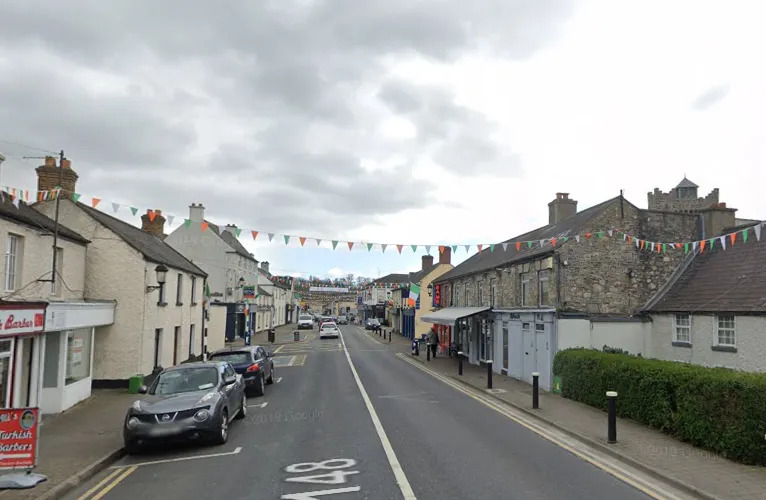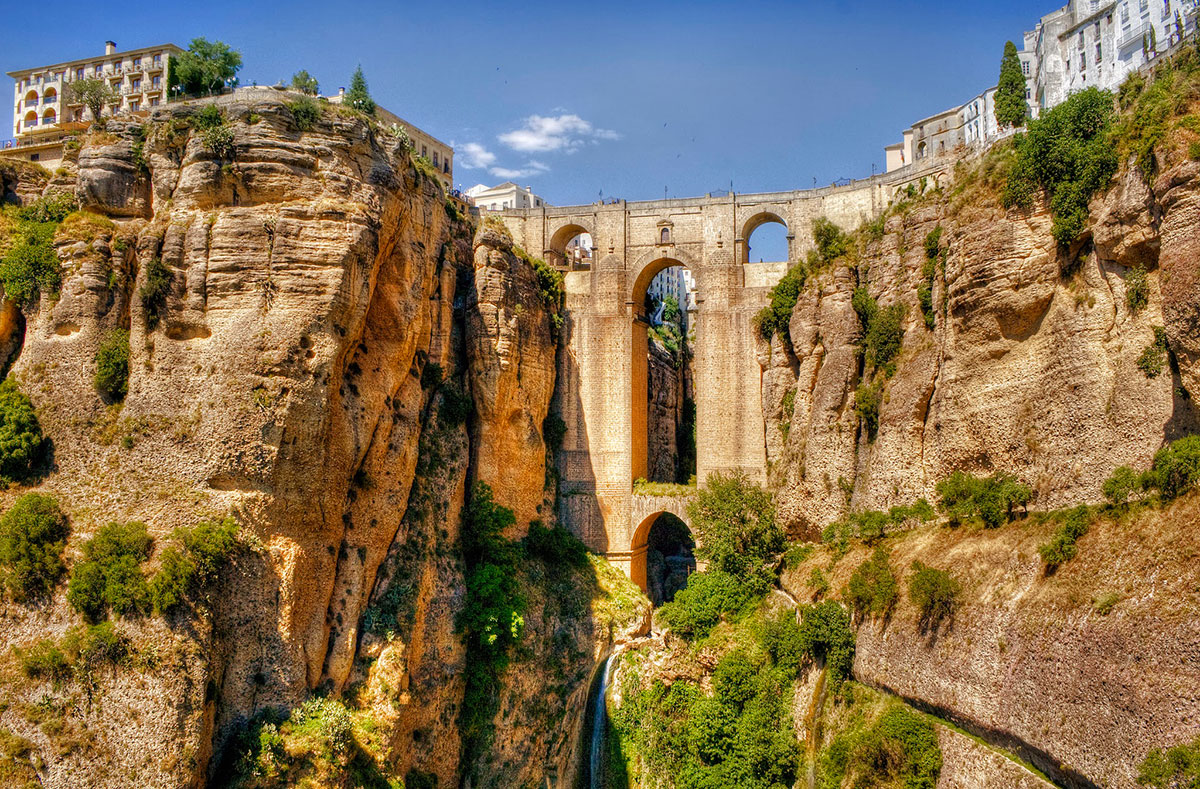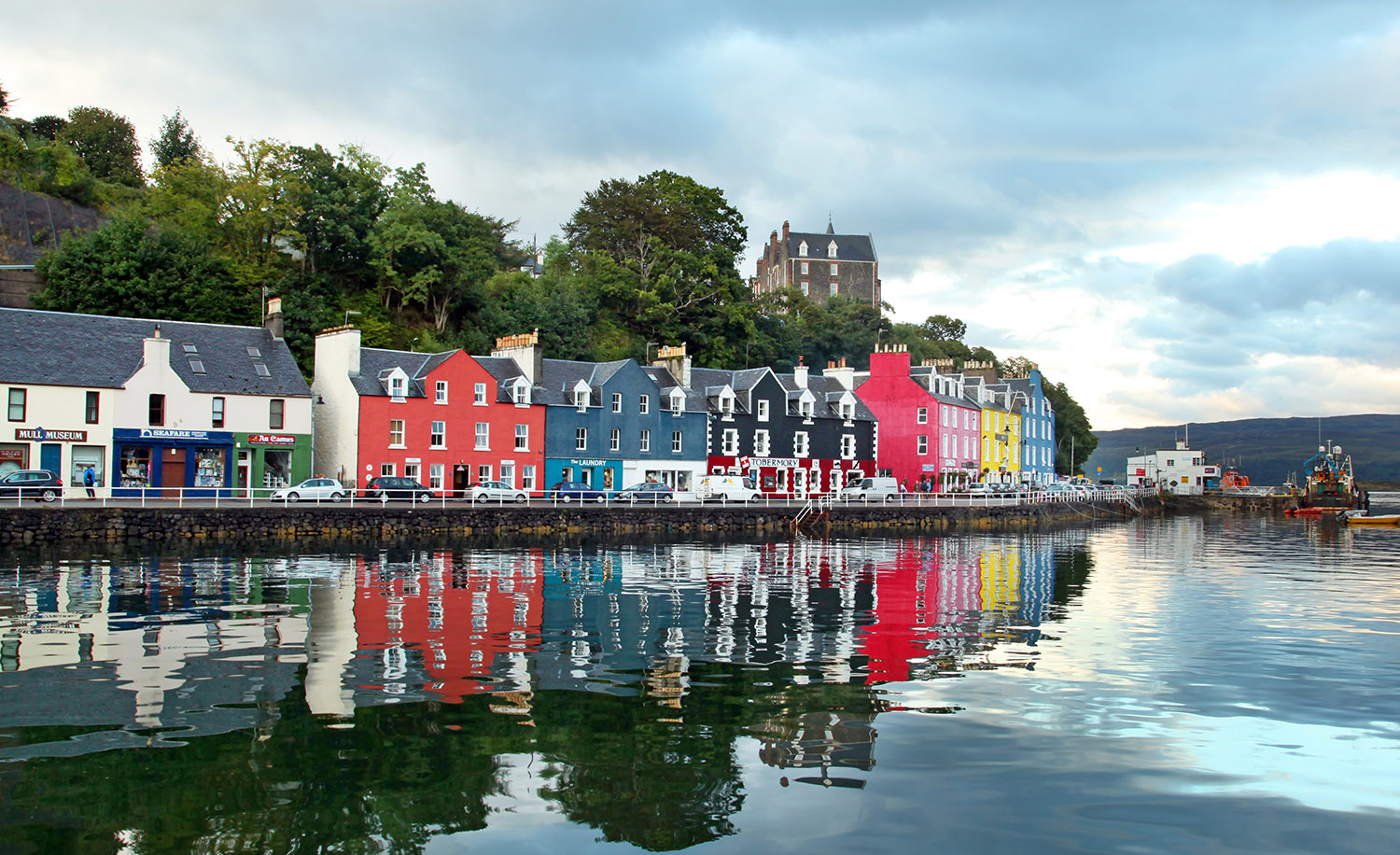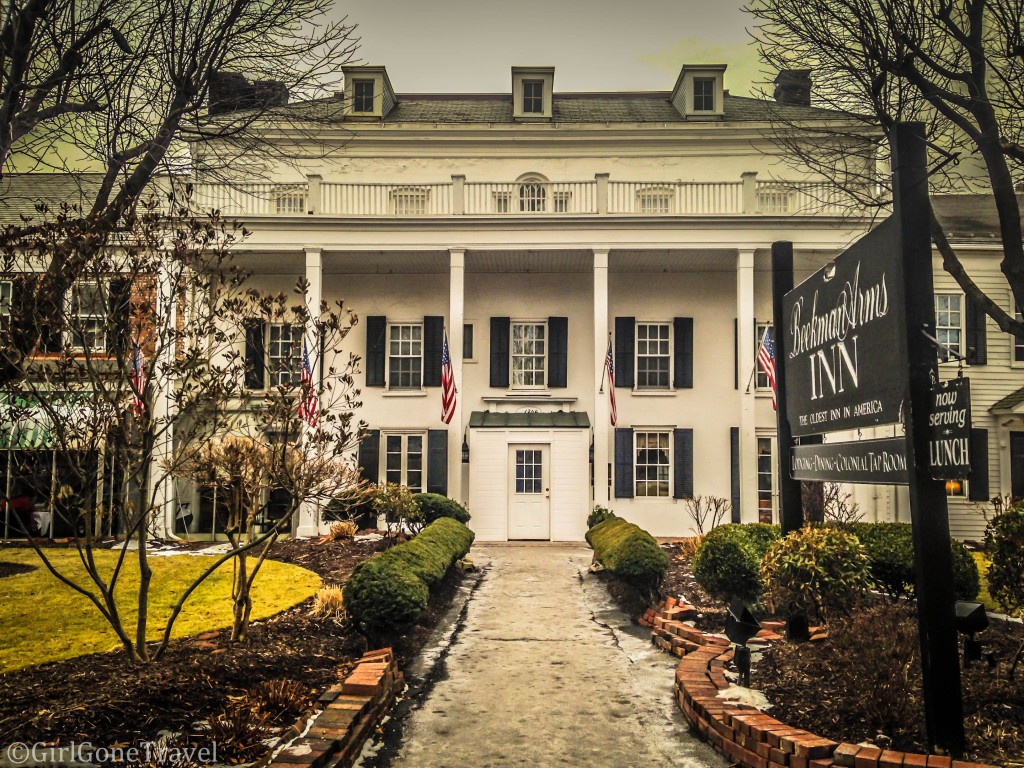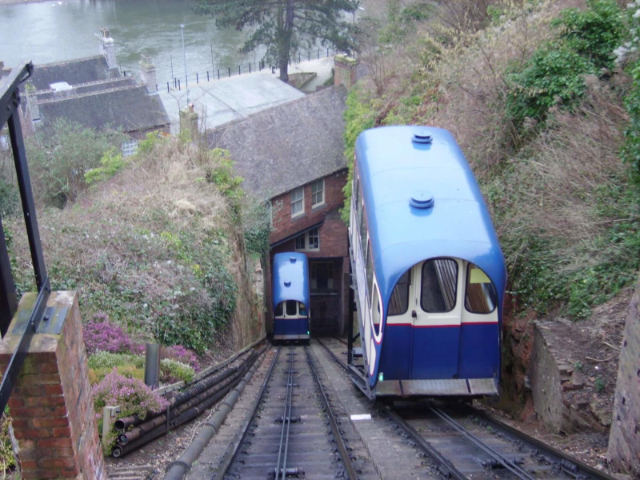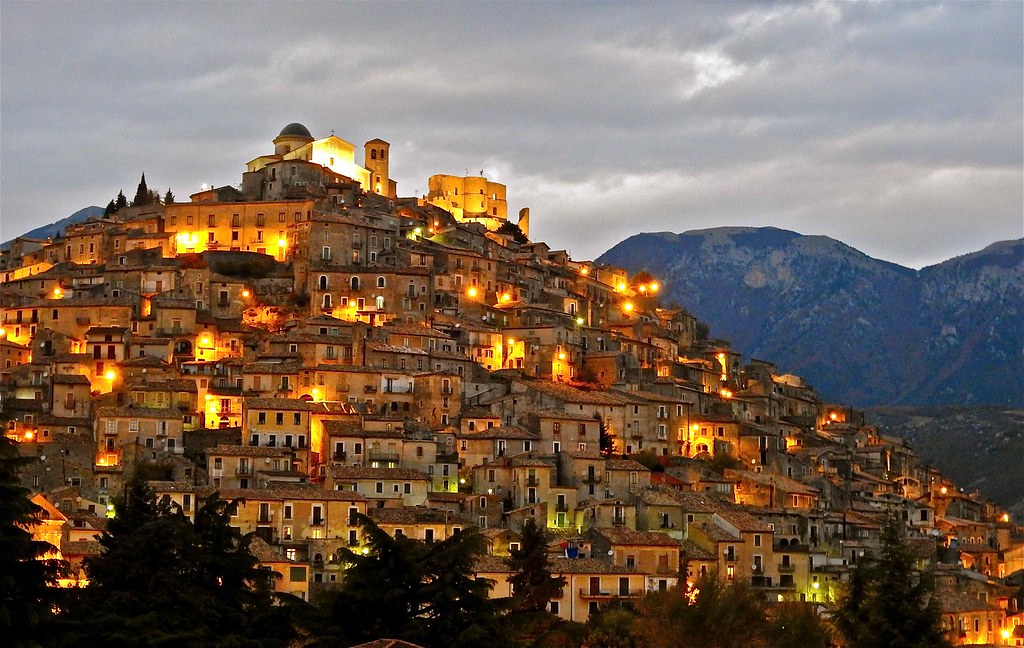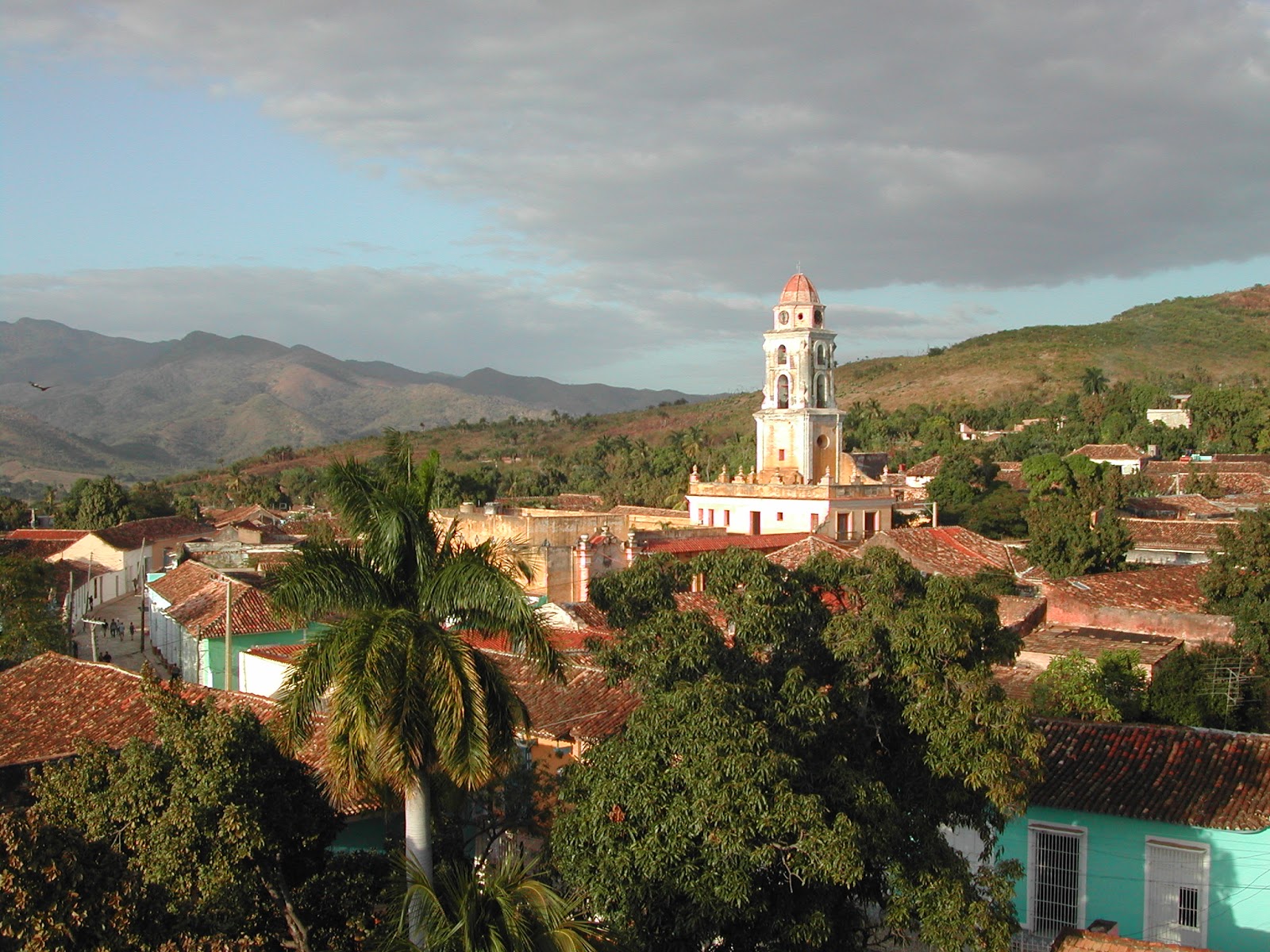<p><strong>Leixlip</strong> (Léim an Bhradáin in Irish) è a town in northeastern County Kildare, Republic of Ireland, east of the central lands of Ireland. È situated at the confluence of the rivers Liffey and Rye, along the border of the ancient kingdoms of Leinster and Brega.</p>.
<p>The cityà has a steadily growing population of about 20,000, as both local workers and commuters working in Dublin, located only 17 km away, reside there. The name of the cityà comes from the Viking Lax Hlaup, meaning "salmon jump." The Gaelic name also has the same meaning. Two major companies are headquartered in Leixlip: Intel and Hewlett-Packard.</p>
<p>È is also the place where Arthur Guinness builtì his first brewery before moving to the St. James’s Gate Brewery in Dublin in 1759, where he began to brew Guinness. Historically, è it was the site of a famous battle (the Battle of Confey), in which the Viking King Sigtrygg Gael of Dublin defeated the Irish King of Leinster in 917.</p>
<p>Standout among the local attractions is the <strong>Leixlip Castle</strong>, built on a rock at the confluence of the Liffey and Rye Water rivers, and dating from the time of the Norman invasion of 1171.</p>
<p>Also of interest is the Castletown House & The Wonderful Barn: Castletown House è the largest Palladian house in Ireland – the architecture of the building led to the construction of Leinster House and was later taken up to build the White House in Washington. Started in 1722 by William Conolly (1662-1729), Speaker of the Irish Parliament, the land and the house itself are located in the township of Celbridge however there è an entrance to Leixlip, so there are now two residential neighborhoods called Castletowns, one in each township. In 1743 a conical building visible from the eastern wing of Castletown was built, called <strong>The Wonderful Barn</strong>.</p>
<p>The special feature of this building is the stairs that rise upward along the outer wall. Another noteworthy feature è the Leixlip Hot Spring, a hot spring discovered by workers during the construction of the Royal Canal that runs through the city.</p>
